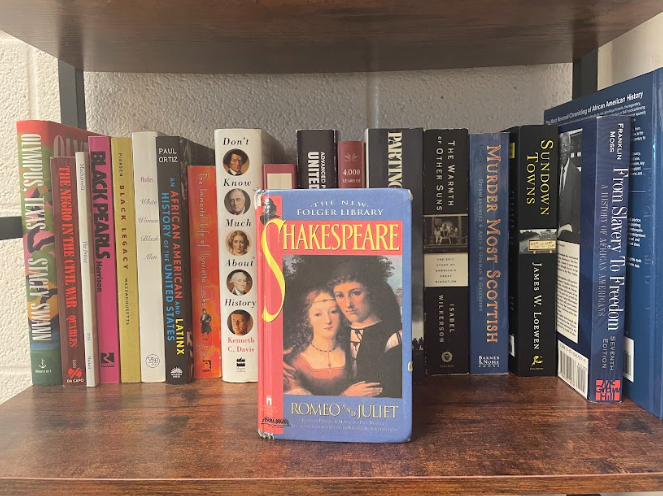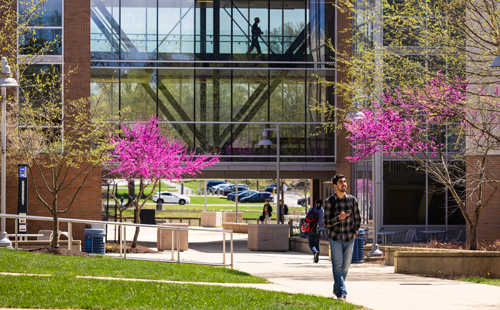There is a saying: “books act as windows, mirrors and sliding glass doors.” At WCHS, the English curriculum includes books reflective of many different backgrounds, but it lacks one crucial form of representation: books that reflect the religious diversity of the student body.
This year, the freshmen and sophomore curriculums each have around 4 standardized books. However, not one of these books prominently features a character with a religion other than Christian or atheist. The lack of religious diversity in the WCHS English curriculum is not reflective of the student body and needs to be updated. Without including diverse religious identities, the books taught in WCHS classrooms are not effective as windows, mirrors or sliding glass doors.
Books act as windows, giving the reader a way to see and learn about lives that differ from their own. Religious diversity in the curriculum helps to educate students about other faiths and promotes understanding as many students may not have a clear understanding of certain religions. By incorporating varied religions into the English curriculums, students are able to develop better knowledge of different religions as well as cultural traditions or observances that might otherwise confuse them. Students who know more about different religions will be more prepared to interact with people who follow different faiths than their own because they will understand religious and cultural references.
Secondly, religious diversity promotes respect for other religions. Diverse books give students a way to step into the shoes of people of other faiths, like a sliding glass door, as well as fostering empathy and encouraging students to see people of different religions as people who deserve respect. It is imperative to expose students to other religions because people tend to fear what they don’t understand which in turn breeds hatred. According to the FBI’s 2022 hate crime statistics, 2,014 incidents of religious hate crimes were reported, up from 1,597 the previous year. To an extent, books actually let the reader feel the emotions of the characters which humanizes people of other religions and makes it harder to feel blind hate.
Beyond teaching others about different religions, it is important that students are able to see their own experiences reflected in books, as if they are looking into a mirror. By not providing books that have religious diversity, curriculums prevent students from seeing aspects of themselves reflected in the reading material. It can feel isolating when the majority of required books featured in the curriculum reflect Christian identities or simply do not feature religion. According to the International Literacy Association, the reason children in particular need to see themselves in books is because it reinforces that their stories matter.
Some may argue that incorporating religious diversity should not be a priority as the majority of Americans are Christian and many don’t observe any faith. However, as MCPS ranks among the most religiously diverse school districts according to the Public Religion Research Institute’s 2020 survey, it is evident that a good portion of MCPS students are not represented in the current curriculum. This means that while there may be more Christian students, there are still students of other faiths who may be seeing their religion left out of the curriculum entirely.
In order to create a curriculum that can act as a window, mirror and sliding glass door for students of all religious backgrounds, MCPS must incorporate more books that feature characters of varied religions. This does not mean there should no longer be books featuring Christian characters, but simply that the county should make an effort to include a diverse set of characters. To create an atmosphere that is accepting, empathetic and informed, WCHS needs to reform its English curriculum to increase religious diversity.














